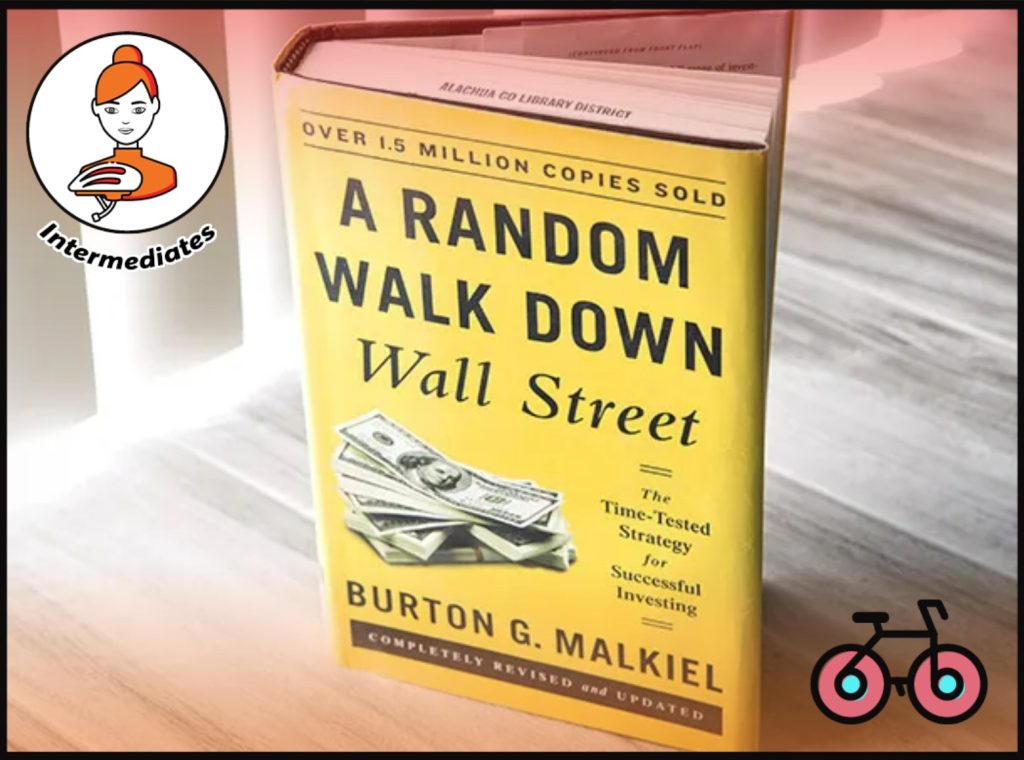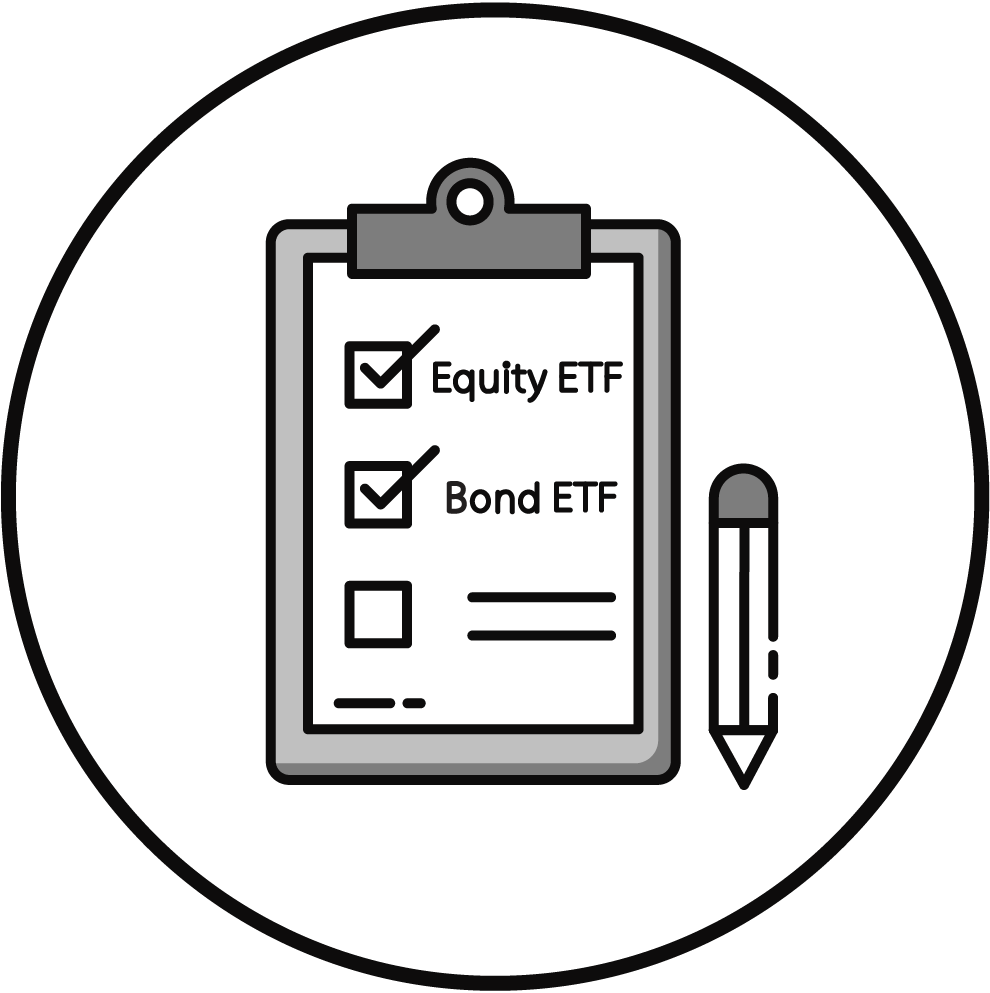A Random Walk Down Wall Street (Book Review)

A Random Walk Down Wall Street by Burton G. Malkiel is a bestselling personal finance book that takes the reader on a journey through financial history and teaches about past and present investment strategies.
It is extremely well-known and has been sold over 1.5 million times, earning its author great respect in the financial world. Unlike many other books in this space, it details the history of the financial markets and discusses popular theories in some detail. Let’s have a closer look at what the book teaches and whether it could be suitable for you.
KEY TAKEAWAYS
- Malkiel’s work is based on the metaphor that the pattern of stock market prices may resemble that of a walk home of a drunk man.
- It may sound unintuitive, but the market is more or less random. This work around the randomness of the Stock Market originated with Louis Bachelier at the turn of the 20th century.
- Today, most investors, including Malkiel, agree that market prices are often wrong. However, it doesn’t make investors any more likely to succeed. Because no one knows for sure if prices are too high or too low.
- Based on Malkiel’s 2011 paper, efficient markets are compatible with Market Bubbles or Behavioural factors, including the Momentum risk premium.
- In any case, inefficiencies won’t make you likely to be able to exploit them.
- Malkiel describes how this information can be applied to an investor’s situation and how their portfolio can be optimised.
Here is the full analysis
Talks at Google - Burton Malkiel On the Random Walk
Human nature likes order; people find it hard to accept the notion of randomness. No matter what the laws of chance might tell us, we search for patterns among random events wherever they might occur—not only in the stock market but even in interpreting sporting phenomena
Burton Malkiel
SNAPSHOT
Who Is the Author?
Burton Gordon Malkiel is one of the most well-known American economists of the late 20th and early 21st centuries. After graduating with an MBA from Harvard University and a P.h.D in economics from Princeton, he penned A Random Walk Down Wall Street, which has enjoyed tremendous success and has recently been updated for the 11th time.
In addition, he is also one of the leading proponents of the efficient market hypothesis, discussed in the sections below. He has held illustrious titles such as director the Vanguard Group, Chief Investment Officer of Wealthfront, and trustee of the Vanguard Mutual funds.
Who Can Benefit from this Book?
Although the target audience is American, many of the concepts described are of interest to international readers. Now that index funds are available to everyone, it’s easier than ever to implement Malkiel’s strategies.
I enjoyed reading A Random Walk Down Wall Street because I am fascinated by finance. However, the book is over 450 pages long, so it isn’t a quick or easy read. Anyone simply looking for information about how to construct a good portfolio would be better served with one of the shorter, more beginner-friendly manuals such as Invest Your Way to Financial Freedom by Ben Carlson and Robin Powell.
❤️🐶 Shop & Support - Celebrate our 4th anniversary! 4️⃣🎂
Spread the Golden Retriever Wisdom Across Europe & the UK 😎
Banker On Wheels is 4 years old! To celebrate our anniversary we have launched the official merchandise store – Shop.Bankeronwheels.com. You can now get your favourite Golden Retriever, or your factor tilt on a coffee mug or a T-Shirt while supporting our cause! All profits are reinvested into creating more educational content. Alternatively, you can also buy us a coffee. Thank you for all your support ❤️
The History of the Stock Market
The first section deals with past events in the stock market. It begins with the tulip bulb craze in 17th century Holland and explains how investors get excited about fashionable products or stocks and cause a bubble to form.
As we get closer to the 21st century, Malkiel goes into more detail, examining the “New Era” growth stock/new issue craze, the Conglomerate Boom, concept stocks, Nifty Fifty, and the biotechnology bubble. He also focuses on what happened in the “noughties”, the first decade in the 21st century, which is often called “the lost decade” because of the two large market crashes.
A lot of the information in these chapters was new for me, and I enjoyed learning about the history of finance. I think that knowing more about the past could help many investors to improve decision-making skills.
Forecasts are difficult to make—particularly those about the future
Burton Malkiel
In the next section, Malkiel goes into technical and fundamental analysis. He explains that the former involves the use of historical data and charts to predict patterns in stocks.
It is usually a high-frequency trading strategy, and many studies have concluded that it is not very effective. Patterns are not accurate, and the trading costs eat into the returns.
Fundamental analysis is taken more seriously in the investment world, and it consists of looking at a company’s value to make longer-term decisions. Measures such as the expected growth rate and length of growth, expected dividend payout, the degree of risk, and the level of market interest rates are taken into consideration.
Unfortunately, even fundamental analysis doesn’t hold up when the returns are analysed. According to the random walk theory, past performance doesn’t indicate future returns, so you can’t accurately predict where a stock is going from how it did in the past.
Modern Portfolio Theory
Malkiel’s book goes into some depth about the theories behind investing.
Modern portfolio theory states that the level of risk, not skill or foresight, determines the return an investor can expect. The more risk they take on, the more reward they will receive.
The author describes strategies like smart beta, which are designed to take advantage of this fact. But unfortunately, there is no one proven way to beat the market because as soon as a strategy becomes popular, too many people pile in. As a result, the price goes up, and the inefficiency in the market disappears.
In the final part of the book, Malkiel discusses the practical aspects of constructing a portfolio.He suggests three approaches, with the most sensible for most investors being a completely passive strategy. But because many people enjoy analyzing and researching stocks, he states that you could also put the bulk of your money in passive investments and then do some active trading with a small percentage.
If you’d prefer a hands-off approach, you can hire a manager or advisor. Always use someone who is paid by the hour. Malkiel emphasizes that choosing such a professional can prevent a conflict of interest. To get started on your investment journey, you should begin saving as early as possible because even small amounts accumulate over time.
Substantial cash reserves and insurance are important, particularly if you have dependents.
Once you’ve sorted out these basics, you can start investing, but make sure you know your risk tolerance beforehand. Someone with good earning potential and a lot of years ahead can take on more risk than someone who is older and in poor health.
Malkiel’s Lifecycle Guide to Investing
In one of the last chapters of the book, a lifecycle guide to investing is presented.
This suggests that in your mid-20s, you should invest 70% in stocks, 5% in cash, 15% in bonds, and 10% in real estate, for example by purchasing a REIT (Real Estate Investment Trust).
As you grow older, the portfolio changes, until in your late 60s you are holding 40% in stocks, 35% in bonds, 10% in cash, and 15% in real estate.
Although this might be good advice for many people, I think an age-based guide is problematic because two people of the same age could be at vastly different points in life. For instance, someone in their early 40s who is looking to retire will most likely have more assets and need a more conservative allocation than someone who is hoping to work until their 70s.
In my opinion, the stage-based approach employed by JL Collins in The Simple Path to Wealth is more nuanced and therefore more helpful. Malkiel assumes that everyone will work into their 60s or even longer, which is no longer the case.
SHOULD YOU BUY THIS BOOK?
How we rated the book
Our overall rating comprises five key considerations, including suitability for beginners and European and UK readers.
1. Beginner-Friendly
2. Investing Concepts
3. Investing How-to (Europe)
4. Financial Freedom Principles
5. Personal Finance Know-how
1. Beginner-Friendly
2. Investing Concepts
3.Investing How-to (Europe)
4. Financial Freedom Principles
5. Personal Finance Know-how
From Bankeronwheels.com
Get Wise The Most Relevant Independent Weekly Insights For Individual Investors In Europe & the UK
Liked the quality of our guides? There is more. Every week we release new guides, tools and compile the best insights from all corners of the web related to investing, early retirement & lifestyle along with exclusive articles, and way more. Probably the best newsletter for Individual Investors in Europe and the UK. Try it. Feel free to unsubscribe at any time.
🎁 In the first email, you can download a FREE comprehensive 2-page checklist to construct & monitor your portfolio and clean up your personal finances.
Rating justification
A Random Walk Down Wall Street by Burton G. Malkiel is a very detailed book and has proven to be very helpful for investors over the years. Because of its success, it has been updated 11 times, with the 12th version published in 2020. For anyone who is interested in the financial world, reading this classic is a must.
However, it isn’t a good fit for a beginner with little interest in the stock market because it is 450 pages long. The first three sections are purely theoretical, so you have to get through a lot of reading before you can apply what you have learned.
In my opinion, this book is best suited to someone who has some assets and is ready to invest or someone who is already invested in the stock market.
European readers can benefit from this work because the theories and concepts explained apply to anyone, and the history section includes bubbles in other countries, such as Holland.
Nevertheless, you will have to do a bit of additional reading if you’d like to apply Malkiel’s concepts because all the investment products mentioned are American.
Good Luck and Keep’em* Rolling!
(* Wheels & Dividends)

The Truth About €1 Million Broker Guarantees

Dodl By AJ Bell Review – AJ Bell’s Younger Brother

Vanguard LifeStrategy Review – A Retriever In A Babushka Doll

Why Do Portfolio Managers Care About Factors? It’s Not What You Think.

Money Market Funds: Are ETFs The Best Bang For Your Buck Or A Risky Ride?

4 Things I Learned In 4 Years Of Running A Finance Blog
HELP US
🙋 Wondering why finding honest Investing Guidance is so difficult? That’s because running an independent website like ours is very hard work. If You Found Value In Our Content And Wish To Support Our Mission To Help Others, Consider:
- 📞 setting up a coaching session
- ☕ Treating us to a coffee
- 🐶 Purchasing Our Official Merchandise
- ❤️ Exploring Other ways to support our growth, both financially and non-financially.
DISCLAIMER
All information found here, including any ideas, opinions, views, predictions expressed or implied herein, are for informational, entertainment or educational purposes only and do not constitute financial advice. Consider the appropriateness of the information having regard to your objectives, financial situation and needs, and seek professional advice where appropriate. Read our full terms and conditions.






















